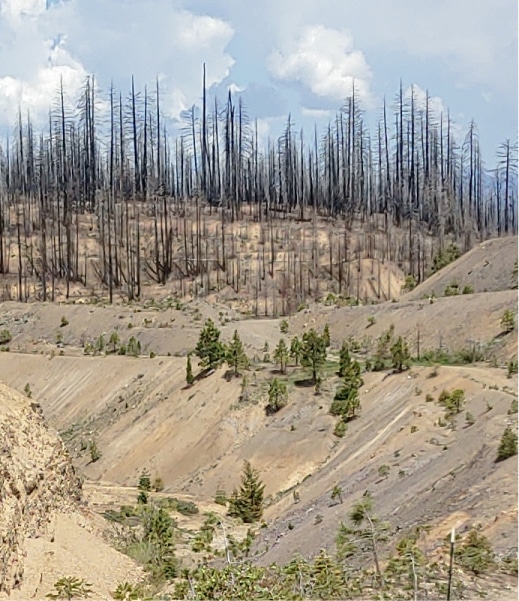Gold Express is a minerals discovery company advancing projects from discovery stage toward production.
The Company has acquired many of its mineral properties by leasing or staking projects which consists primarily of unpatented mining claims. The claims are staked in accordance with the Mining Law of 1872, and in compliance with the mining laws of each state in which the claims are staked. The staking of such unpatented mining claims gives the Company the right to initially explore the claims through progressively more intensive means which are described in more detail below. Although the Company, under the mining laws, has the right of entry, the rights to explore and eventually to extract the underlying minerals, the paramount ownership of the land resides with the United States.
The staking process involves locating the proposed claim accurately in the field and marking the discovery and four corners of the mining claim with physical posts. The staking process and perfection of claims is governed by both federal and state laws.
Risk Mitigation Strategies
The Company’s management will employ proven risk mitigation strategies in the development of our mineral properties and our business.
At the heart of our strategy is our team of highly experienced professionals with decades of experience in evaluating, exploring and developing mining properties, with a long history of successful execution.
In most cases, the Company is focusing on historic properties with a significant amount of either past production or reliable exploration data. In this way, the Company builds upon work conducted by previous operators, thereby benefitting from hundreds of thousands, if not millions, of dollars of prior work.
Management seeks to mitigate commodity risk by means of a diversified portfolio of metals.

Project Acquisition Criteria
The Company has numerous criteria in targeting projects. These include a past production history, other past producing mines located nearby, opportunity for early revenue, an existing resource based on historical data and an existing, well-reasoned model for additional mineral resources to be discovered.
- A history of past production.
- A past historical resource (perhaps not NI 43-101 compliant) that was calculated by a well- known consulting group or well-known company.
- Projects which are located within a sub-district of a larger mining district which has produced a substantial amount of gold, silver and/or base metals.
- Projects which have near term cash flow possibilities from the processing of mine dumps and/or the convenient presence of nearby toll mills.
- Projects which have a cogent, pre-existing geologic model that assists with choosing the next exploration steps.
- Recognizing that the likeliness of possible outcomes will change as exploration and other activities build upon the known information about each project, management and its geological consultants may change their opinion of each project as the situation arises.